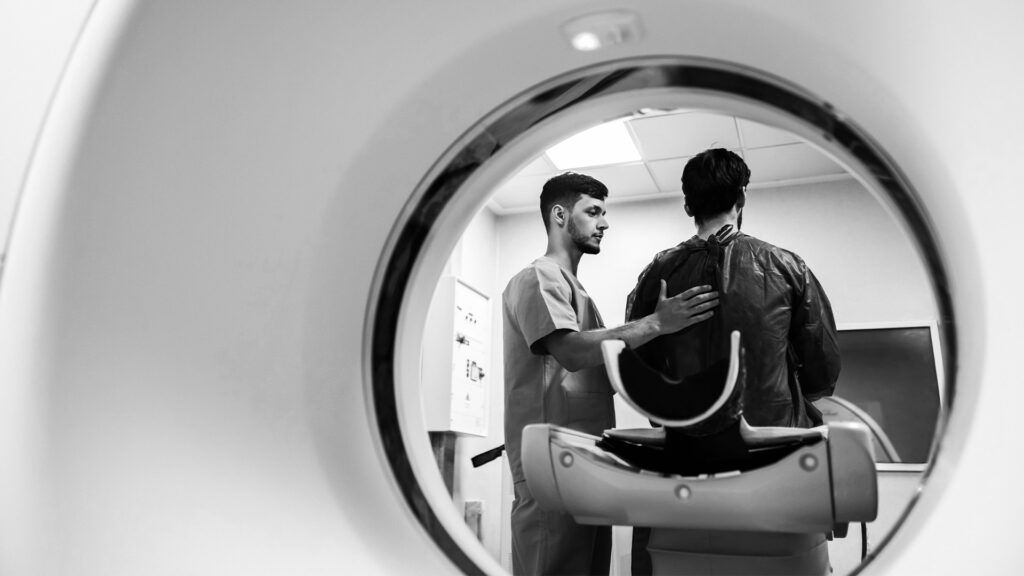Malignant fibrous histiocytoma (MFH) is a type of cancer that typically occurs in soft tissues, such as the muscles and tendons. When it starts in the bones, doctors call it MFH of the bone. The up-to-date name for this cancer is undifferentiated pleomorphic sarcoma (UPS).
Generally, sarcomas are malignant cancers that
This article will refer to MFH of the bone as UPS because it is the
Read on to learn more about UPS, its symptoms, and its treatment.

UPS is a rare soft tissue cancer that can also occur in the bone. However, this tends to happen in
UPS is
This type of cancer is
When people first receive treatment, data suggests that
Initially, researchers thought the cancer started in histiocytes — a type of immune cell. In fact, it originates from mesenchymal cells, which are
When someone has UPS in their bones, they
They may also experience some pain in their joints. As the tumor grows, it can weaken the bone, increasing the risk of a break or fracture.
Other possible symptoms include a lump that feels soft or warm to the touch or an unexplained fever.
The exact causes and risk factors of UPS are not known.
However, research suggests that people over the age of 50 and those who have had radiation therapy in the affected area in the past may be at a higher risk of developing UPS.
In the early stages of suspected UPS, a doctor has typically already asked the person a few questions about their medical history and completed a physical exam.
Next, a doctor will likely request imaging to analyze suspicious lumps or masses.
Imaging
If a doctor suspects a lump is a tumor, they will request a biopsy. During a biopsy, a medical professional collects a sample of cells and tissue. Next, a pathologist will analyze the tissue under a microscope, checking for any abnormalities or changes in the cells that could indicate cancer.
The type of biopsy depends on the size of the lump on the bone. For example, a core biopsy requires a wide needle to collect the sample, and an incisional biopsy requires the removal of a section of tissue or a part of the mass.
Generally, the treatment a person receives depends on their age and severity of their UPS.
For example, if a person has tumors only in the bone, their treatment would be different from someone who also has tumors in other areas of the body.
Treatment for UPS
- Surgery: Surgery aims to remove the cancerous cells.
- Chemotherapy: Chemotherapy involves drugs that can slow or stop the growth of tumors.
- Radiation therapy: Radiation can kill cancer cells and shrink tumors.
- Targeted therapy: Targeted therapy involves drugs that target specific tumor genes and proteins.
Several factors
- where the tumor is in the body
- if there are tumors in several bones
- the size of the tumor
- how the tumor cells appear under a microscope
- the person’s age, sex, and weight
- if the person has received previous cancer treatments
- if the person has a genetic disease
After treatment, additional factors can influence recovery, such as:
- how much of the tumor shrinks in response to chemotherapy
- how much of the tumor remains after surgery
- whether the cancer returns
Undifferentiated pleomorphic sarcoma is a rare soft tissue cancer that can develop in the bone.
UPS tends to be aggressive and spreads to other parts of the body. It is more common in older and middle-aged adults. Doctors rarely diagnose UPS in children.
Symptoms of UPS are similar to other types of bone cancer in that people would likely first notice a lump on their leg or arm that may feel painful.
When people first receive treatment, there is a 60% likelihood they will live for another 5 years and a 48% likelihood they will live for another 10 years.
